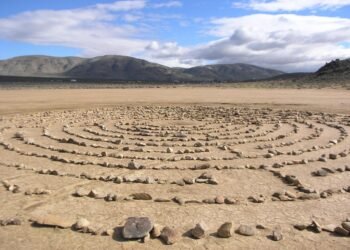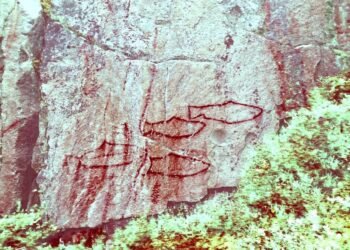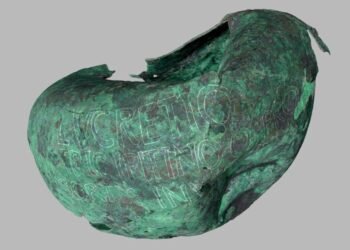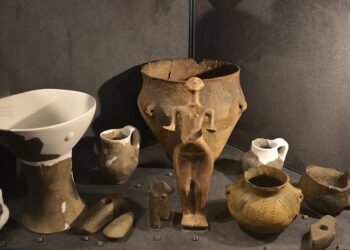A new study is rewriting the history of ancient Sumer’s rise, long considered the cradle of civilization. The study, which was published in PLOS One, argues that the interplay of tides, rivers, and shifting coastlines at the head of the Persian Gulf played a determining role in establishing agriculture and urban life in Mesopotamia.

The study, “Morphodynamic Foundations of Sumer,” was led by Liviu Giosan, Woods Hole Oceanographic Institution Senior Scientist Emeritus, and Reed Goodman, Clemson University Assistant Professor of Environmental Social Science. They combined satellite data, paleoenvironmental information, and new drill core samples at the Tell al-Hiba site of ancient Lagash to reconstruct the landscape of the region thousands of years ago.
Historically, scholars attributed the prosperity of Sumer during the Uruk period (approximately 6,000–5,200 years ago) to pastoralism, trade, and the diversity of resources. That alone cannot explain how early societies were able to achieve surplus agriculture in order to feed advanced city-states like Uruk, Ur, and Lagash before they developed vast irrigation systems.
The new research proposes tidal irrigation as the missing piece: for hundreds of years, tides supplied freshwater from the Persian Gulf into the lower Tigris and Euphrates twice daily, diversifying fertile terrain for small-scale canals and date groves without the need for large-scale infrastructure.

According to the researchers, this dependable hydrology enabled intensive, diversified agriculture that set the stage for population increase and social elaboration. But as rivers gradually built deltas at the head of the Gulf, tidal access diminished. The dissolution of this natural irrigation system forced Sumerian communities to develop large-scale river-based irrigation systems—projects that demanded political coordination, centralized authority, and new ideologies of statehood.
Holly Pittman, director of the Penn Museum’s Lagash Archaeological Project, said that the finding matches archaeological records. “Rapid environmental change fostered inequality, political consolidation, and the ideologies of the world’s first urban society,” she said.

The study also examines the impact of shifting coastlines on Sumerian religion and mythology. The Sumerian god Enki, who separated “sweet” from “bitter” waters, might be a memory of tidal circulation blending fresh and salt water. Similarly, myths such as the Eridu Genesis and the story of a world flood may have been inspired by devastating inundations when spring flooding of the Tigris and Euphrates overwhelmed the shrinking Mesopotamian Bay.
By placing coastal morphodynamics at the focal point of urbanization, the study remakes the rise of Sumer as not only a triumph of human ingenuity but also as the product of an evolving dialogue between humans and the waters that surrounded them.
























Disclaimer: This website is a science-focused magazine that welcomes both academic and non-academic audiences. Comments are written by users and may include personal opinions or unverified claims. They do not necessarily reflect the views of our editorial team or rely on scientific evidence.
Comment Policy: We kindly ask all commenters to engage respectfully. Comments that contain offensive, insulting, degrading, discriminatory, or racist content will be automatically removed.
Definitely not the first civilization. Indian skeleton here in Kentucky dated to just over 1 million years old found in a cave here. Stop saying that that was the first civilization.
Just because you have not found older evidence there because it’s buried much deeper in the earth. I surmise that if you dug deep enough in the deserts of Africa you will find another additional civilization previously unknown.
Interesting point Benjamin, but scientifically a ‘civilization’ has a specific definition, usually involving urban centers, social hierarchy, writing, and complex institutions. Without clear archaeological evidence of these features, we can’t classify something as a civilization.